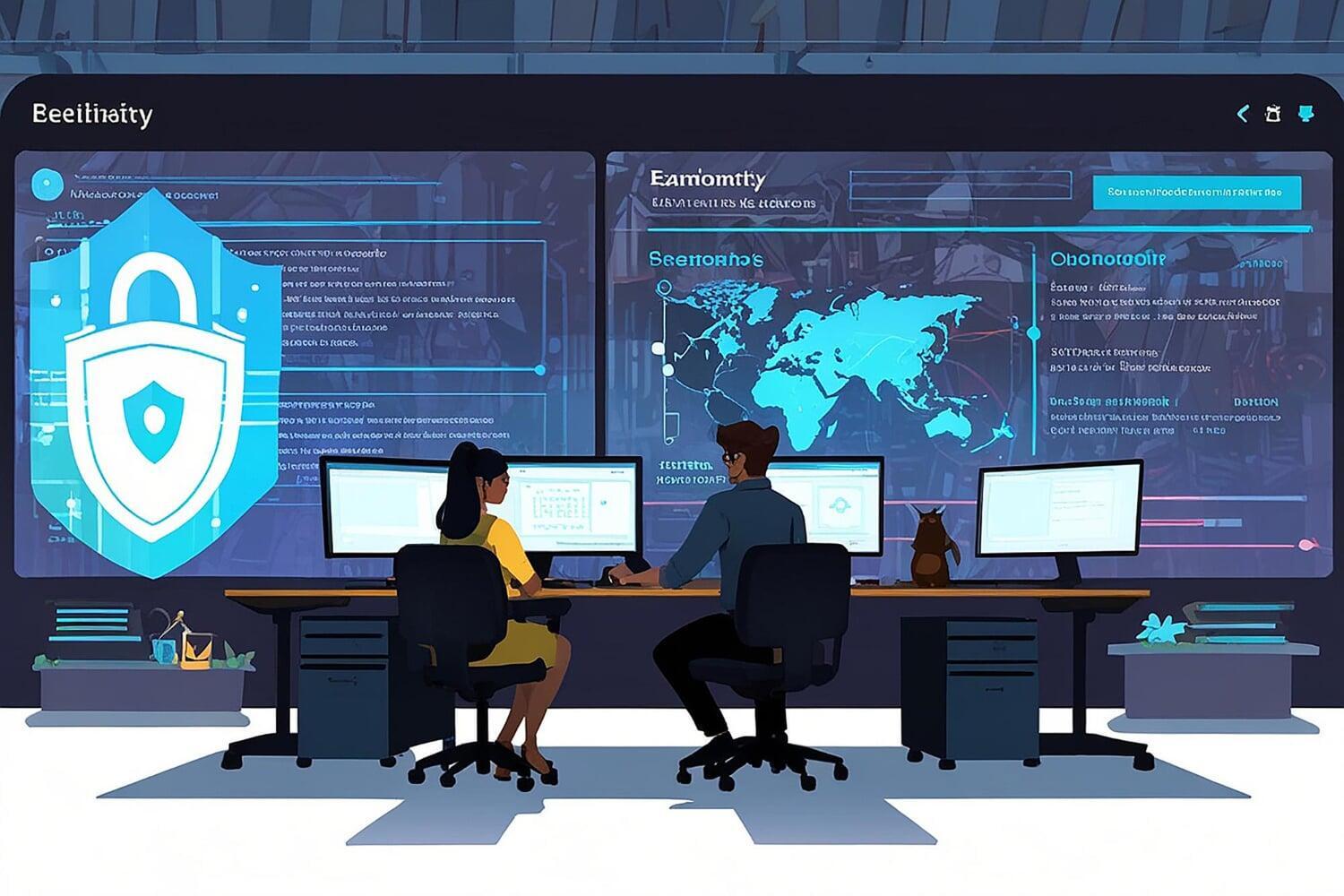
Introduction
Why SOC Best Practices Matter
- Missing critical alerts.
- Wasting resources on false positives.
- Burning out analysts.
- Struggling to prove ROI.
Core SOC Best Practices
1. Define Clear Objectives
A SOC can’t do everything. Decide upfront:
Are you focused on 24/7 detection and response?
Do you need compliance-driven monitoring for SOC 2, PCI, HIPAA, or ISO 27001?
Are you prioritizing threat hunting and proactive defense?
Clarity of purpose helps allocate resources and measure success.
2. Centralize and Normalize Data
SOC analysts live in data — logs from endpoints, networks, cloud, and applications. Best practices include:
Centralizing logs in a SIEM or XDR platform.
Normalizing formats so analysts don’t waste time translating.
Enriching data with threat intelligence feeds for context.
Without clean data, even the best analysts can’t make sense of alerts.
3. Prioritize Use Cases
Don’t drown in alerts. Focus on monitoring the scenarios most relevant to your environment, such as:
Credential stuffing and brute-force logins.
Suspicious cloud admin activity.
Data exfiltration attempts.
Malware persistence and lateral movement.
By starting with the top 5–10 high-risk use cases, you create clarity and reduce alert fatigue.
4. Automate Where Possible
SOC teams are often understaffed. Automation helps free analysts from repetitive tasks:
Auto-enrich alerts with context (geo-IP lookups, reputation scores).
Auto-quarantine infected endpoints.
Automate ticket creation and assignment.
SOC automation doesn’t replace humans — it lets them focus on the work that matters.
5. Build Playbooks and Runbooks
Consistency is key. For every common scenario (e.g., phishing email, ransomware detection), build playbooks that outline:
Steps to validate the alert.
Actions to contain the threat.
Escalation paths.
Communication requirements.
Playbooks reduce errors and help new analysts ramp up quickly.
6. Monitor Cloud and APIs, Not Just Networks
Modern SOCs must go beyond firewalls and endpoints:
Cloud accounts: Monitor AWS, Azure, and GCP logs for unusual activity.
APIs: Look for abuse patterns like IDOR or excessive data calls.
SaaS platforms: Watch for suspicious logins and data movements.
If your SOC isn’t cloud-aware, you’re missing the modern attack surface.
7. Foster Collaboration
A SOC doesn’t exist in isolation. Work with:
IT teams to implement fixes.
Developers to secure applications.
Leadership to report risk in business terms.
Security is a team sport, and the SOC should be the coach.
8. Regularly Test and Improve
SOC best practices aren’t “set and forget.” You should:
Run tabletop exercises to test readiness.
Perform red team simulations to see how SOC responds.
Review metrics monthly to refine detection rules.
Continuous improvement keeps the SOC effective as threats evolve.
Common SOC Mistakes to Avoid
Not all vulnerabilities hit equally. Trends vary by sector and region:
How to Prioritize Vulnerabilities
- Exploitability: Is it being used in real-world attacks (KEV catalog, threat intel)?
- Impact: What data or systems would be affected?
- Exposure: Is it internet-facing or buried deep inside?
